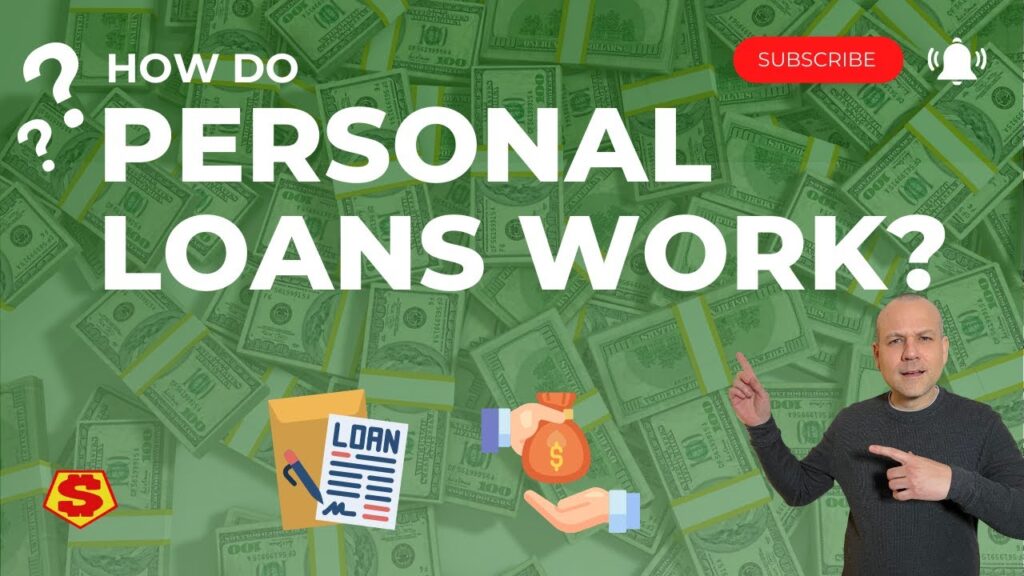Boom! Tribal loans, my friend, are the real deal – personalized loans brought to you by Native American tribes flexing as lenders. Forget the boring consumer lending rules, because these bad boys are all about the tribal laws and jurisdictions. It’s a wild ride, not your standard loan scene!
Hold on to your hats! Tribal lenders are throwing a party with installment loans, snappy short-term cash, and killer alternatives to those dreaded payday loans. It’s like VIP access to credit for folks who might not cut with the regular lenders. Get ready for a credit carnival, folks!
The Rise of Tribal Lending
Tribal lending has grown rapidly because Native American tribes are not subject to caps on legal interest rates in the same way banks and conventional lenders are. This allows tribes to offer loans with exorbitantly high-interest rates that would otherwise violate many state laws.
Partnering with online lending companies provides a steady revenue stream for tribes who may have limited economic opportunities. In return, online lenders can circumvent typical consumer protection regulations by operating under tribal immunity and sovereignty rights. This creates a lucrative model for both partners.
Who Provides Tribal Loans?
Hold onto your seats! Get this – more than two dozen federally recognized tribes are rocking the online installment lending and other super cool alternative financial services scene. We’re talking big names like the Big Valley Band of Pomo Indians, the Tunica-Biloxi Tribe, and the Otoe-Missouria Tribe leading the charge. It’s a tribal financial revolution, folks! 🚀
These tribes partner with companies like CafeCredit and Koster Finance to underwrite, originate, and service consumer loans that far exceed state interest rate caps. The non-tribal partners handle marketing and day-to-day operations.
Types of Tribal Loans
Tribal lenders market short-term personal loans for emergency expenses along with high-cost installment loans for borrowers with bad credit. While specific products vary, common types include:
Personal installment loans up to $5,000: A popular offering is the emergency 30-day loan ranging from $100-$1,000, essentially structured identically to prohibited payday debt traps that vulnerable applicants access repeatedly. Marketed for urgent expenses before paychecks clear, terms often equate to 400%+ APRs in fees.
Emergency 30-day cash loans: For larger financing from $1,000 up to $5,000 maximums, personal installment loans carry high double-digit and even triple-digit interest rates. Despite technically originating beyond state jurisdiction on sovereign tribal land, these 6-24 month term loans for consolidation or other uses remain controversial among consumer advocates given lender tactics and pricing.
Alternatives structured similarly to payday loans: Emergency cash loans often marketed as fast relief before payday carry equivalent structures and economic impacts as their banned cousins. With prohibitively expensive charges over short terms, usually under 30 days, borrowers face overwhelming interest equating hundreds of percentage points that typically trigger a recurring cycle of cumulative debt from which escape proves extremely difficult.
While the origination model and ensuing legal standing spawn debate, the niche persists in marketing loans many cannot realistically afford but view as their sole option. Careful examination of all alternatives therefore remains essential to avoid cycles of burdensome charges that can financially devastate borrowers already struggling.
The Benefits to Consumers
Tribal lending does offer some consumer benefits, including:
Quick access and approval decisions: The convenient online applications with instant approval boast easy access but prejudge desperation to qualify applicants for loans most cannot responsibly afford despite being marketed as helpful relief.
Loans attainable for those with poor credit: They heavily target and trap consumers already struggling with subprime credit and few borrowing options, saddling them with excessively expensive emergency cash that can easily spiral given vulnerable existing finances.
Flexible extended repayment terms: While repayment happens through fixed installments over months or years instead of lump-sum payoffs of initial principal like payday products, long commitments to aggressive interest rates coupled with poor underwriting still devastate overmatched borrowers.
This gives borrowers an option when traditional lending criteria exclude them. It also provides a lifeline in desperate financial times.

The Potential Downsides
However, tribal loans also come with considerable risks and downsides, such as:
Sky-high annual percentage rates topping 600%: Deceptively marketed as “helpful” but structurally uncapped interest charges extract crippling sums that functionally ensure perpetual renewals trapping borrowers in cycles of mounting fees few can navigate with such burdensome terms.
Aggressive collections tactics: When inevitable defaults hit for outrageously priced products, lenders pursue repayment through harassing calls, lawsuit threats despite no legal standing and other strong-arm methods that intensify rather than ease borrower hardships.
This leaves financially vulnerable borrowers open to potentially devastating debt cycles.
Borrowing Safely from Tribal Lenders
If obtaining funds from a tribal lender is the only viable option, proceed with extreme caution by:
Carefully reviewing all fees, terms, and the repayment schedule
Borrowing only what you can realistically afford to pay back
Going directly through a tribal lender rather than a third-party broker
This can help mitigate some of the most egregious predatory lending practices.
Changes on the Horizon
In response to exploitative interest rates and collections processes, some states are attempting to regulate tribal lending within their borders or prohibit it outright.
There are also ongoing federal investigations into violations of consumer protection laws by certain tribal lending entities and their non-tribal partners. So legal battles over tribal lending are expected to continue unfolding over the next decade.
The Future of Tribal Loans
Tribal loans provide a meaningful revenue stream to supplement many tribes’ budgets and ability to self-govern. So this lending model likely isn’t going away anytime soon.
However, there are also increasing calls at both the state and federal levels for enacting consumer protections around tribal loans comparable to regulations governing mainstream lending. Balancing these complex competing dynamics will shape the future landscape of tribal lending.
Who typically provides tribal loans?
Federally recognized Native American tribes partner with online lending companies to provide loans. This allows tribes to generate income while lending partners can avoid typical state interest rate caps.
What types of tribal loans are available?
Common loans include short-term payday-like loans, 30-day emergency loans from $100-$1000, and higher installment loans from $1000-$5000 with extended 6-24 month repayment terms.
What are some benefits of tribal loans for borrowers?
Benefits include quick online applications, potential approval despite poor credit, and flexible extended repayment schedules. However, extremely high interest rates offset these advantages.
What are some risks or downsides of tribal loans?
Huge APRs exceeding 600% trap borrowers in cycles of debt. Aggressive collection tactics add further hardship. Disputes are subject to tribal law rather than US regulations.
Are tribal loans regulated like other consumer loans?
No, tribal lenders claim sovereignty from state laws capping interest rates and federal lending regulations. However, some states are now attempting to restrict tribal lending within their borders due to predatory practices.

